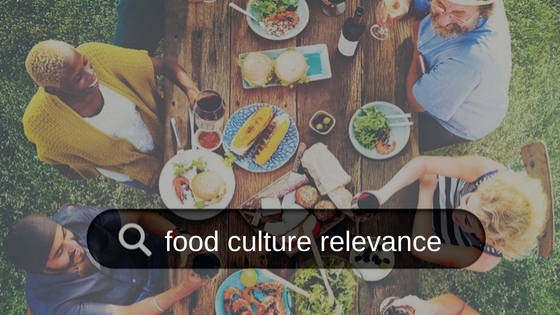For a generation in food and beverage marketing, the introduction of a new product has proceeded down a well-worn path of ‘launch media effort’ – and all that it entails to heavy-up communication across various channels of outreach.
If the product involved is a true innovation, and not a line extension (thus earning added interest and cachet right out of the gate) momentum is easier to create. But inevitably and typically what goes up must come down.
“Down” is either an outcome of launch-and-leave syndrome, where a marketer creates a self-fulfilling condition based on inadequate support from the start; or when the patina of new wears off and there’s decline (usually as soon as media activity slows) until another round of spending kicks in.
The constant here is the apparent requirement for wave after wave of spending to rekindle or spike consumer interest until repeat purchase habit helps seed a cycle for a period of time (usually supported with deals or discounting).
The (much) better path…
The better case and preferred scenario is sustained growth supported by a periodic refresh in marketing. So what separates and distinguishes the up and down scenario from the up and up?
Cultural Relevance.
A real, food culture hook is key to staying power for a food or beverage brand. Can you simply order that up from central casting? No. But we know in many instances a credible, tangible link to cultural shift can be embedded into the launch plan from the start.
Why is this true?
Let’s start with admitting all the rules have changed with respect to how growth is achieved. People no longer buy products and services. Instead, they join those that reflect their lifestyle aspirations and feel connected with. At least the ones that matter and are not relegated to commodity status bought on some variable of price and convenience.
Food culture is a reflection and mirror of consumer preference, behavior, attitude, aspiration and interest. Eight cultural shifts are impacting the future of food and beverage brands and retail:
- Health and Wellness
- Transparency
- Culinary Inspiration
- Fresh
- Less Processed
- Cooking Skill
- Entertaining
- Flavor Adventure
Weaving in linkage to these culture shifts becomes the basis for how a new product is linked to the consumer’s own internal narrative. Every buying decision goes down this trail. It is respectful of what we know about people: we are not, and never have been, analytical, fact-based decision making machines.
The stronger the bond to what people truly care about; their beliefs and expressions of how they want the world to see them; is the foundation for engagement, relevance and perceived value.
All purchases are now symbolic, and thus, expressions of how we want the world to view us.
The most important example of this condition: Because I’m a good mother, I buy / prefer / use / want ___________. There is a “because” in front of every buying decision that is tied to how people see themselves. As such, the relevance of cultural association is a bellwether anchor for strategic planning in new product launch.
When marketing is humanized and founded on consumer-centric thinking rather than starting with product feature and benefit thinking, a world of opportunity to truly connect is revealed. And with compelling, human touchpoints that provides opportunity to grow over time.
Traditional marketers may believe that media spending directly translates to positive outcomes. To some degree awareness does impact behavior, but the real test of strategic launch strength lies in cultural relevance and the connection created to how people view themselves.
All the media investment in the world still won’t make a product relevant. Only consumer centricity and understanding the emotional connection of consumers to your product will result in true staying power.
Bob Wheatley is the CEO of Chicago-based Emergent Healthy Living. Emergent provides integrated brand strategy, communications and insight solutions to national food, beverage, home and lifestyle companies. Emergent’s unique and proprietary transformation and growth focus helps organizations navigate, engage and leverage consumers’ desire for higher quality, healthier product or service experiences that mirror their desire for higher quality lifestyles. For more information, contact [email protected] and follow on Twitter @BobWheatley.
